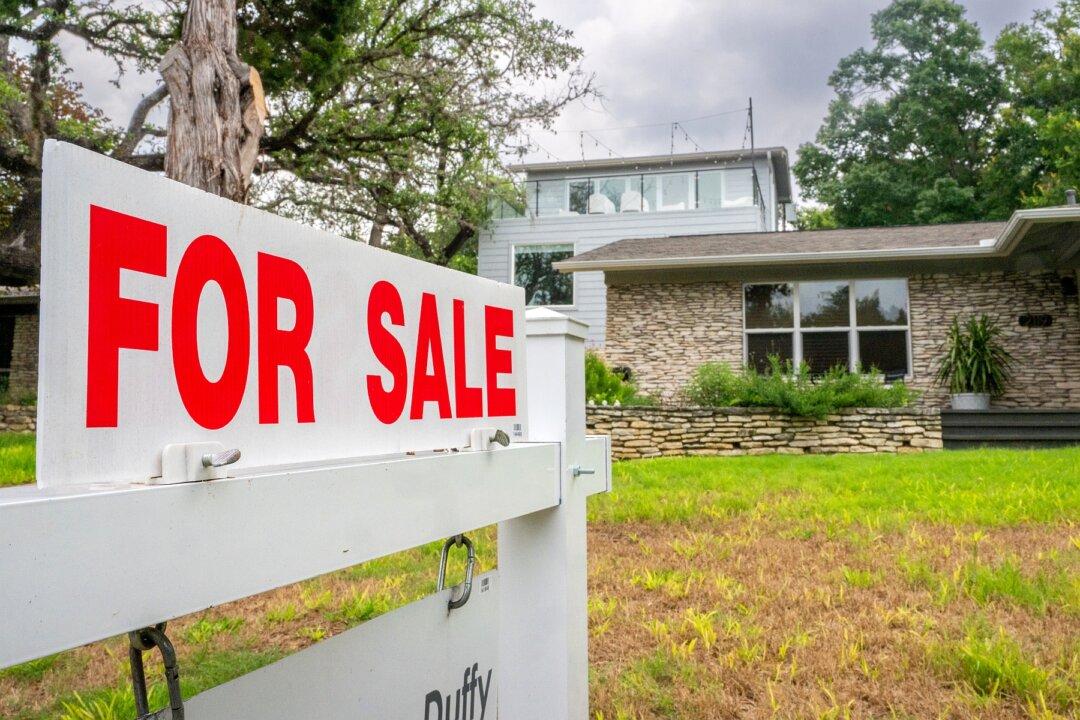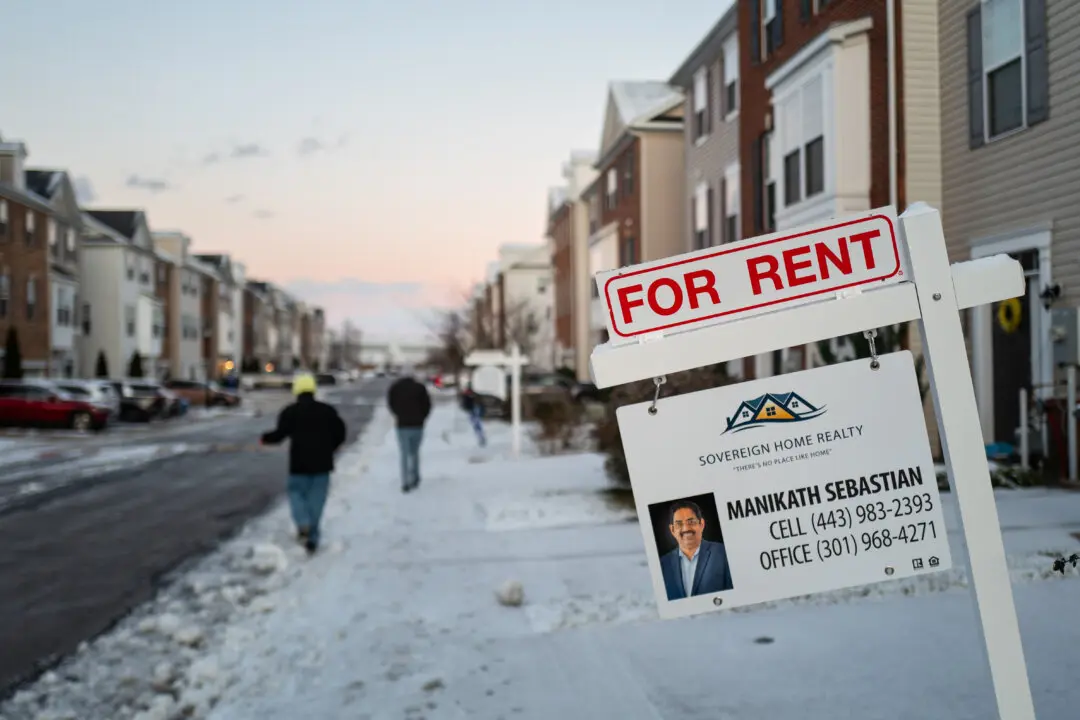Hundreds of cities across the United States now have starter homes priced at $1 million dollars or more, as housing shortages push prices to record highs, according to real estate marketplace Zillow.
The typical starter home—or property in the lowest third of local home values—is worth at least $1 million in 237 cities, Zillow said in a July 25 report. This is the highest number of cities with million-dollar typical starter homes in U.S. history, up from 84 cities five years ago.





